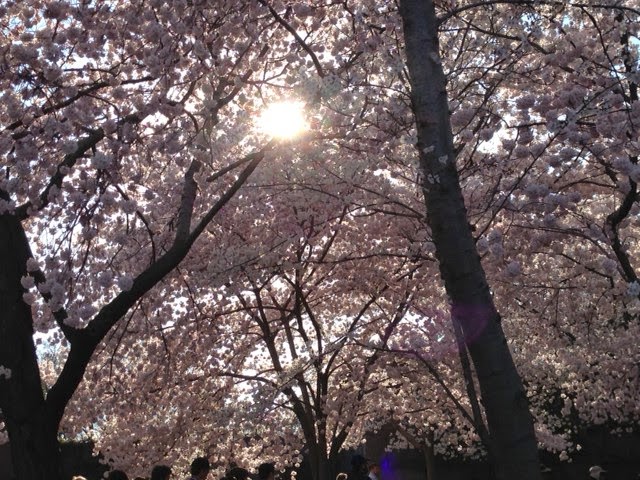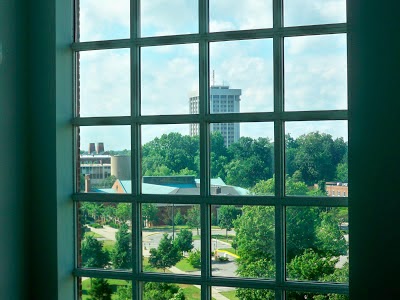Walking the roads and paths of this suburban land, I think often about belonging, about whether I do or do not. At this point, it’s a moot point. I belong, whether I “belong” or not! Our children have grown up here; this is their “hometown.”
But still, I often compare the way I feel about my home in northern Virginia with the way I feel about my hometown of Lexington, Kentucky. No matter how many walks I take, shortcuts I learn or people I know — this place will never be that place, the place where I grew up, where I first came alive to the world.
On Monday, the last day of a week-long trip to Kentucky, I spent a few minutes snapping photos at Keeneland. I remember going to this gem of a racetrack as a little girl, smelling the beer-and-cigar-laced air of the cool, dark area under the grandstand, watching the jockeys mount their horses in the paddock, joining the throngs screaming at the rail as a 99-1 shot pulled off the impossible.
Seeing it alone, in midwinter, stripped of the crowds and the thoroughbreds that bring it life could have been a melancholy experience. But it wasn’t. I have Keeneland right where I need it to be; it’s part of me now.

